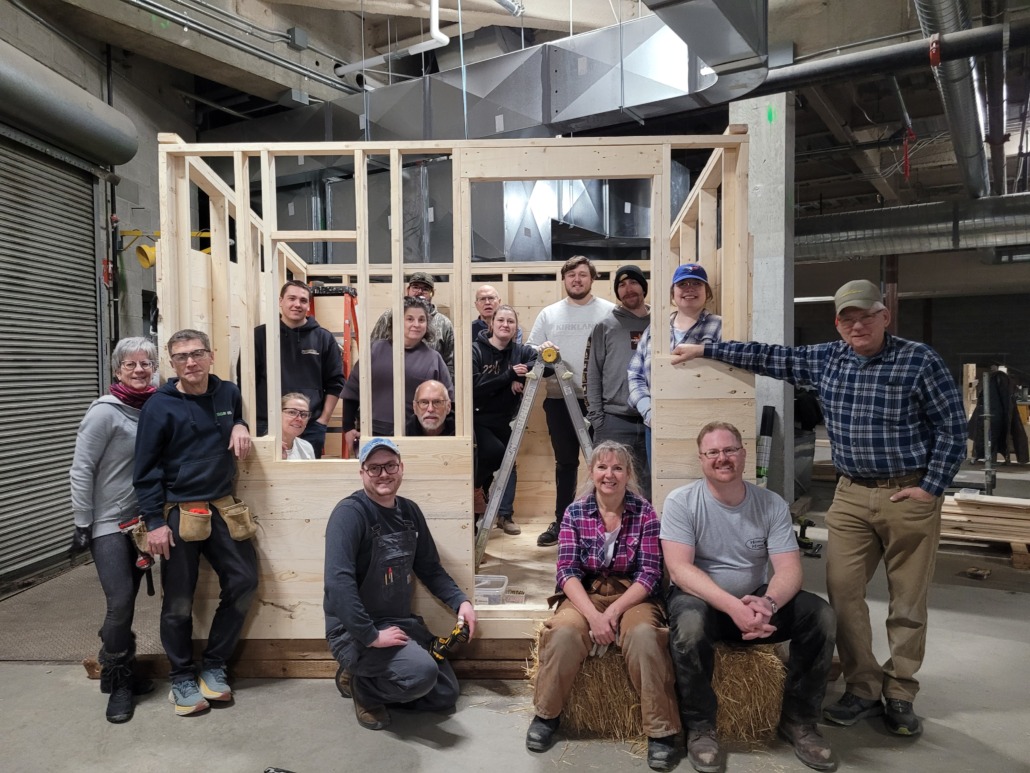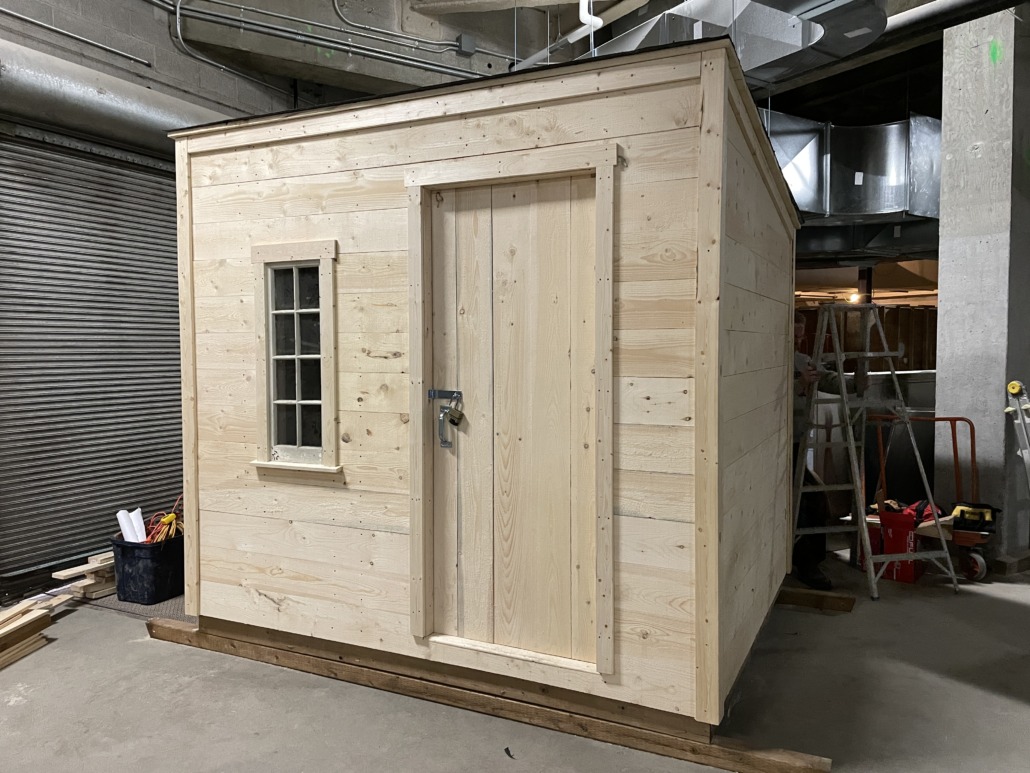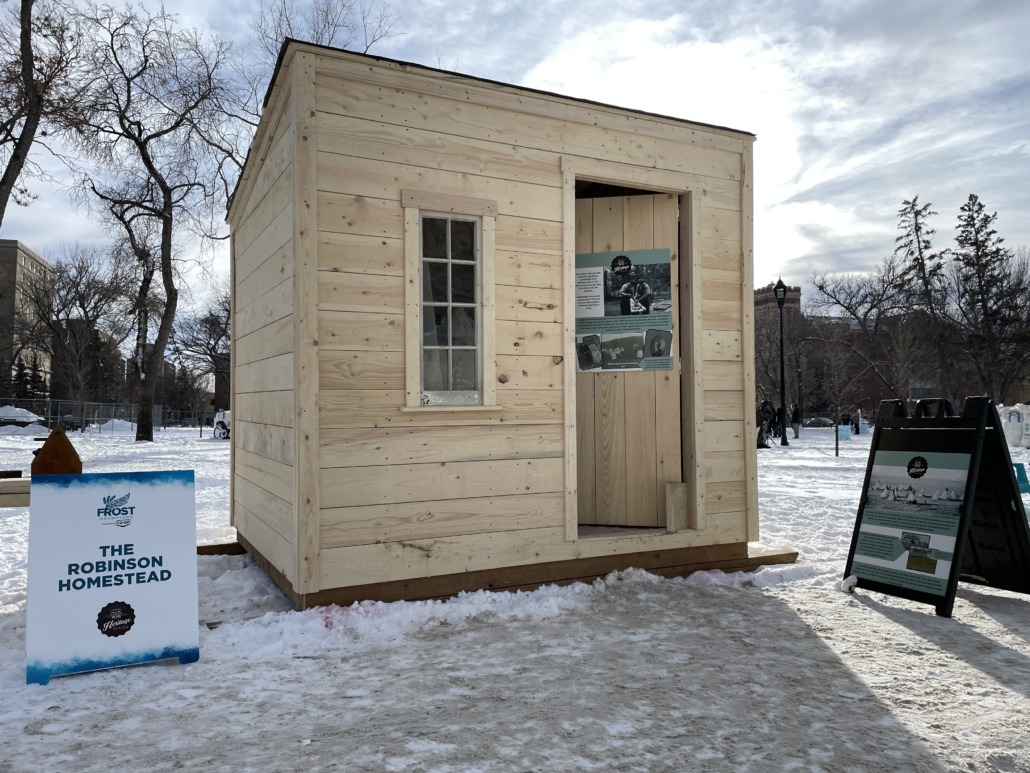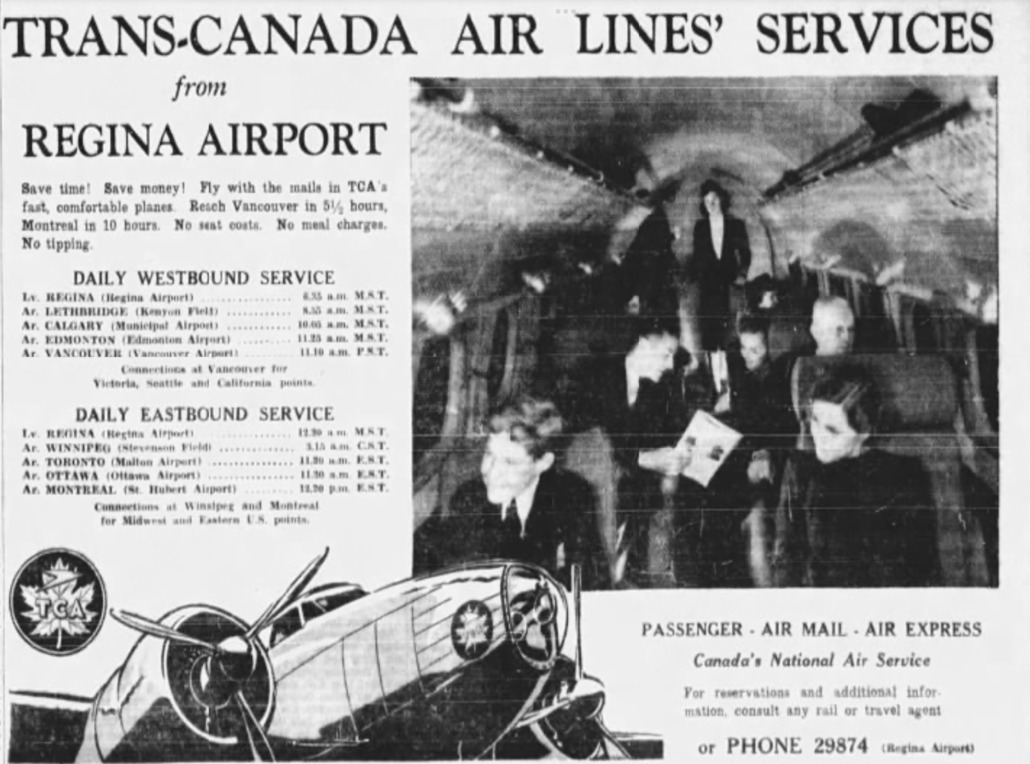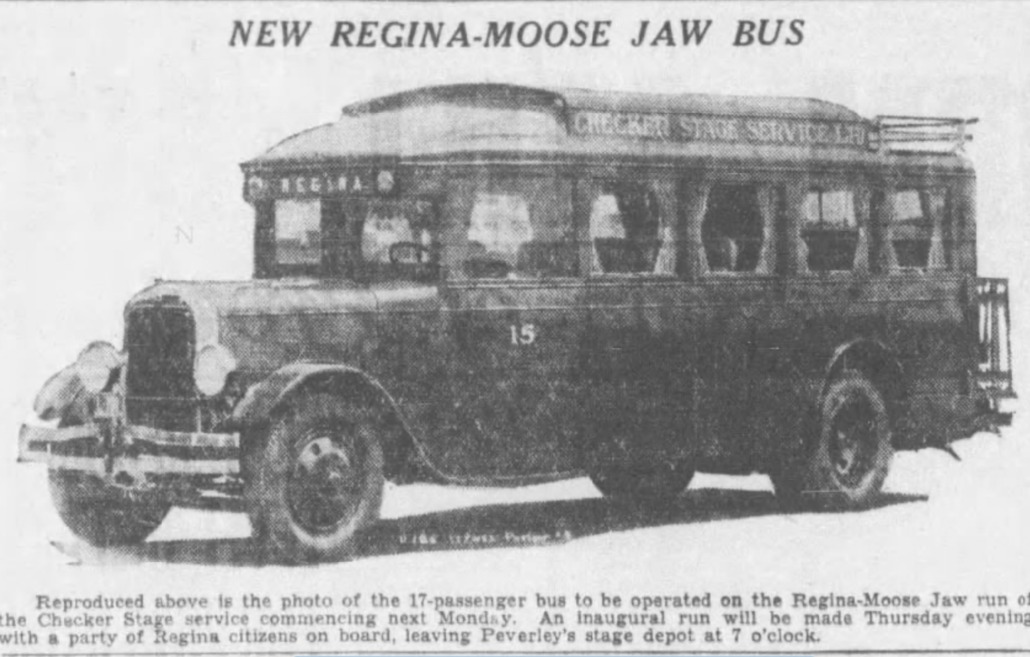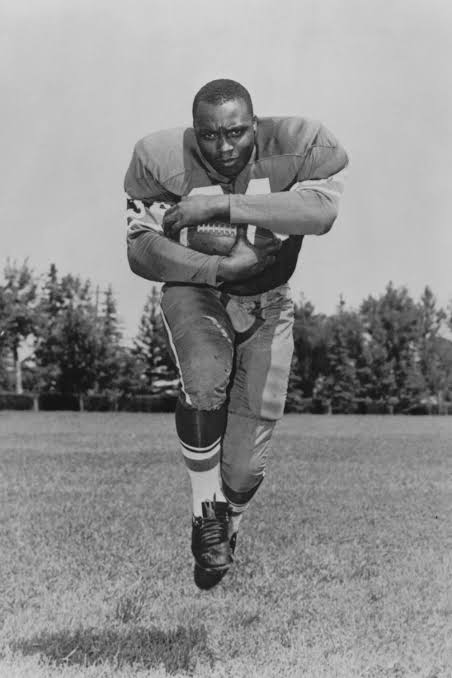What is a Bird Friendly City, and why is it important?
There was a flutter of excitement in Regina earlier this year as over 20,000 citizens voted for their choice for Regina’s Official Bird. The winner? The feisty black-capped chickadee with more than 8,500 votes, beating out the second-place red-breasted nuthatch by nearly 2,500 votes!
“The black-capped chickadee is the perfect embodiment of Regina to me,” shares Dr. Ryan Fisher, Curator of Vertebrate Zoology at the Royal Saskatchewan Museum. “It’s a hardy little bird that makes a living year-round in Regina – it’s smart, resourceful, and best of all, you can see it anywhere in the city! Without the protection and management of all the old trees in Regina, we probably wouldn’t have as many chickadees that we do today.”
The selection cements the black-capped chickadee as a part of our living and cultural heritage, building on Regina’s new certification as a Bird Friendly City, received from Nature Canada in 2022. Our natural heritage is an intrinsic part of our cultural heritage – our wild spaces, and the wildlife that inhabit them, are as much a part of our city’s heritage as our people and buildings are. As a Bird Friendly City, Regina is firmly announcing itself as invested in our natural heritage.
As Regina has grown over the years, urban influence on wildlife and habitat has grown, too. 437 species of birds are found in Saskatchewan, many native to Regina and the surrounding prairies. As their natural habitats shrink – in this case, becoming more urban – mitigations are crucial for the survival of our birds.
Regina’s ranking as a Bird Friendly City is currently entry-level, as we are just beginning to work on improving protection for bird species. The designation strives to encourage municipalities to work towards being a haven for birds, and in doing so Regina joins other municipalities across Canada including Calgary, Edmonton, Toronto, and Vancouver. One area of concern to be addressed in Regina is window strikes—when a bird mistakenly flies into a window—which kill more than a billion birds in North America every year. Window strikes can be reduced by simply placing stickers on windows.
“When people think of nature, they often think about leaving the city to go on a hike or heading to the lake, but in fact nature can be found throughout our urban centres if you take the time to look,” explains Ellen Bouvier, Communications Manager at Nature Saskatchewan. “Birds play a significant role in the health of our city, from pest control to pollination, and birdwatching offers many recreational and mental health benefits. Nature Saskatchewan is proud that the City of Regina has taken the steps to become a Bird Friendly City.”
Regina’s 2,300-acre Wascana Centre is a critical component to protecting bird populations and their habitat. Over 276 bird species call the park home each year, whether they are year-round residents (like the black-capped chickadee or the infamous Canada goose) or use the park as a stopover during their seasonal migrations. Around 257 acres of the park is designated as a federal Migratory Bird Sanctuary which provides federal protections to migratory birds and their nests. The east end of Regina also boasts the 171-acre McKell Wascana Conservation Park, an equally important sanctuary for both grassland and wetland bird species.
The city has also established a “no-roam” bylaw, which mandates that pets, particularly cats, are not allowed to roam freely outdoors. House cats pose a significant predation threat to various bird species in the city, particularly during nesting. Keeping pets indoors ensures that birds within the city’s residential spaces are not placed under excess pressure, particularly species who live elsewhere and are migrating through the city.
Regina’s new designation as a Bird Friendly City is an important step in the right direction towards bird conservation in our city. Our native species are integral parts of our natural heritage, and as a result should be spared no effort to ensure that these populations can remain a part of our living heritage, rather than relegated to the history books.
Additional Resources:
Bird Friendly City webpage – City of Regina
Bird Friendly City: A Certification Program – Nature Canada
With thanks to Ellen Bouvier at Nature Saskatchewan, and Dr. Ryan Fisher at the Royal Saskatchewan Museum for their contributions to this article.

